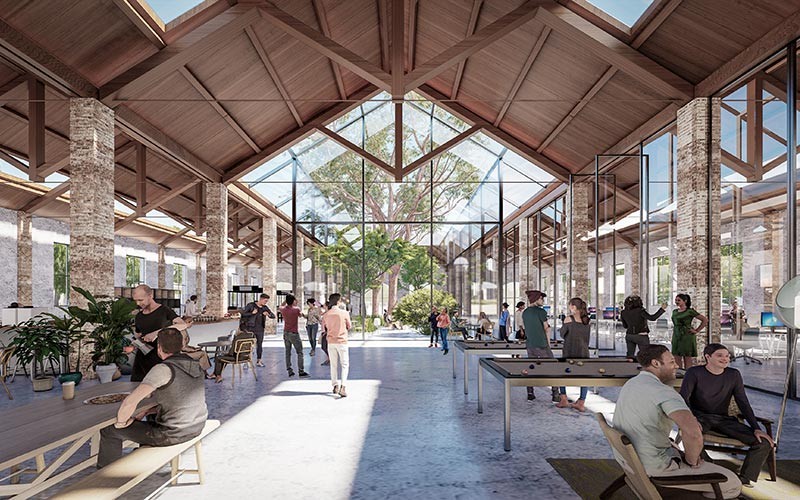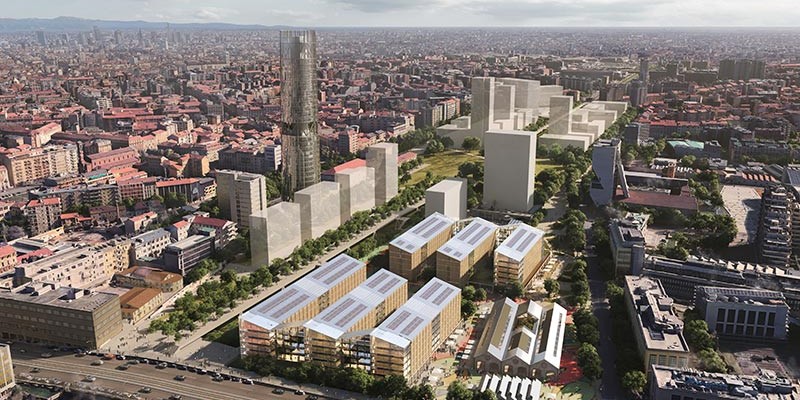
On 30 September 2025, the Olympic Village that will host athletes for Milan-Cortina 2026 was officially unveiled. After the Games, it will become Italy’s largest affiliated student residence. Covering 105,000 m² and offering 1,700 beds, the project plays a strategic role in addressing a long-standing housing shortage in Italy’s premier university city. Here are all the details.
Porta Romana Freight Yard becomes a new residential district
The Village is not just a temporary Olympic facility but a piece of the city set to leave a lasting legacy: it will cover 6% of Milan’s student housing demand. The former railway hub at Porta Romana will be transformed into a residential district, featuring, in addition to the Village:
- 320 affordable and public housing apartments,
- 20 commercial and local service spaces,
- 40,000 m² of public and green areas,
- community services accommodating 2,000 residents and around 6,000 workers.
The six new residential blocks, complemented by two repurposed historic buildings (the former Squadra Rialzo and Basilico buildings), will form the heart of a new community, complete with sports facilities, squares, green terraces, and cultural gathering spaces.
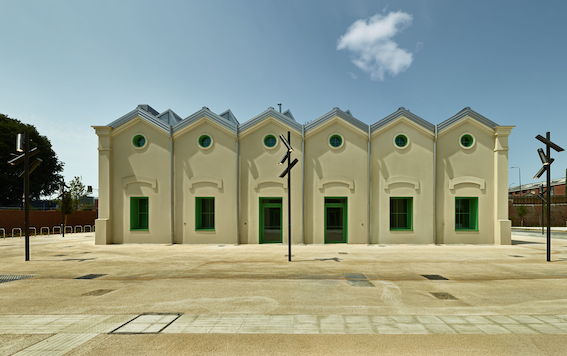
Construction highlights
The Village was completed in just 30 months, 30 days ahead of schedule. From 1 October 2025, the facilities were handed over to the Milan-Cortina Foundation, ready to welcome athletes.
Another key achievement: conversion into student accommodation in just four months, one of the fastest transformations ever recorded in Olympic history.
Designed by the international firm SOM, in collaboration with COIMA Image and Michel Desvigne, the project was conceived from the outset with a “post-Games” vision. Approximately 10,000 m² of communal areas – currently gyms, dining, and medical facilities for athletes – will become permanent services for students and the local community.
Investment overview
The project was made possible by an unprecedented collaboration between public institutions and private capital:
- Intesa Sanpaolo, Crédit Agricole, and Istituto per il Credito Sportivo provided a €110 million “green loan” tied to sustainability criteria.
- CDP Real Asset SGR, through the National Social Housing Fund (FNAS), helped increase affordable housing units from 150 to 450.
- The COIMA Impact Fund, which pools Italy’s main pension funds, co-invested alongside Covivio and Prada Holding.
The construction phase relied entirely on Italian expertise, with €140 million in contracts awarded to companies such as CEV, Grassi, Crespi, and Milani, using advanced prefabrication techniques and an average workforce of 200 workers per day.
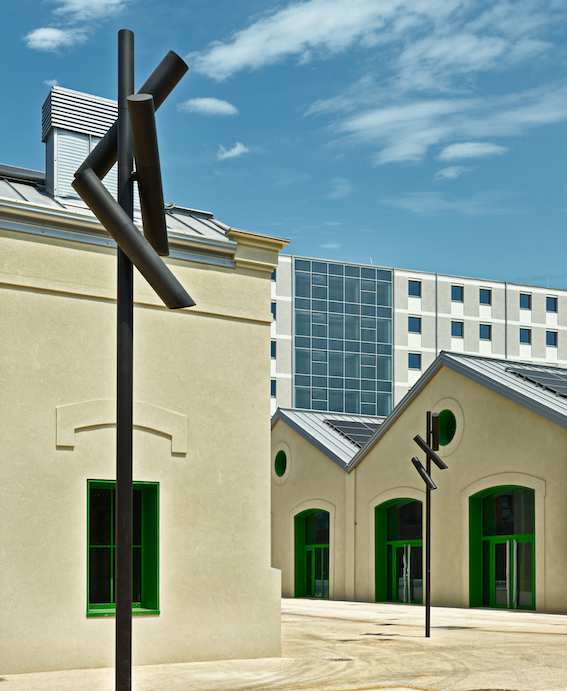
Sustainability as a model
The Porta Romana Village aims to serve as a case study in integrated sustainability. The buildings are net-zero operational emissions, LEED Gold and WiredScore Platinum certified, powered by heat pumps and a 1 MW photovoltaic system.
Sustainable measures include intelligent LED lighting, rainwater recycling, and soft mobility solutions with cycle paths and electric vehicle charging points.
The project is part of Milan’s Air and Climate Plan as a pilot carbon-neutral district, in line with EU taxonomy, with potential WELL for Community certification.
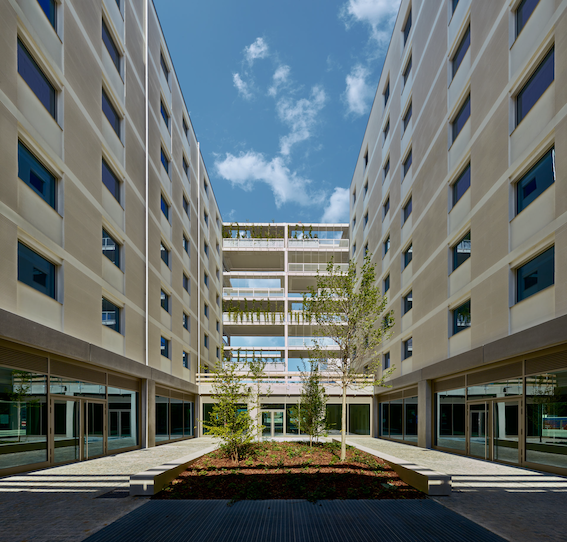
Affordable student housing
The new student residence will offer subsidised rates:
- €864/month on average (all services included), around 25% below Milan’s market rates.
- €592/month for the 450 subsidised units under the FNAS agreement.
Services include 24/7 security, 670 cameras, cleaning, laundry, shared kitchens, hobby spaces, 42 study rooms, gyms, sports fields, and 380 bicycle spaces.
Its strategic location – 15 minutes by bike from Bocconi, Statale, Cattolica, IULM, IED, NABA, the Conservatory, Brera, and Marangoni – will make it a hub for over 95,000 students in the metropolitan area.
The village after Milan-Cortina
Transforming an Olympic facility into a permanent social infrastructure is no small feat; often, Olympic Villages become “cathedrals in the desert.” Porta Romana aims to reverse this trend.
The integration of market-rate, affordable, and social housing, enabled by the COIMA–Consorzio Cooperative Lavoratori partnership, sets a new urban and entrepreneurial model. In particular, 220 subsidised units will fund the construction of 100 social housing units (ERP), marking a step forward for more equitable and inclusive housing.
